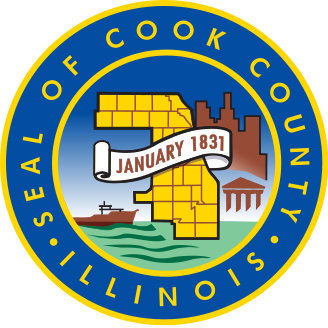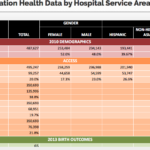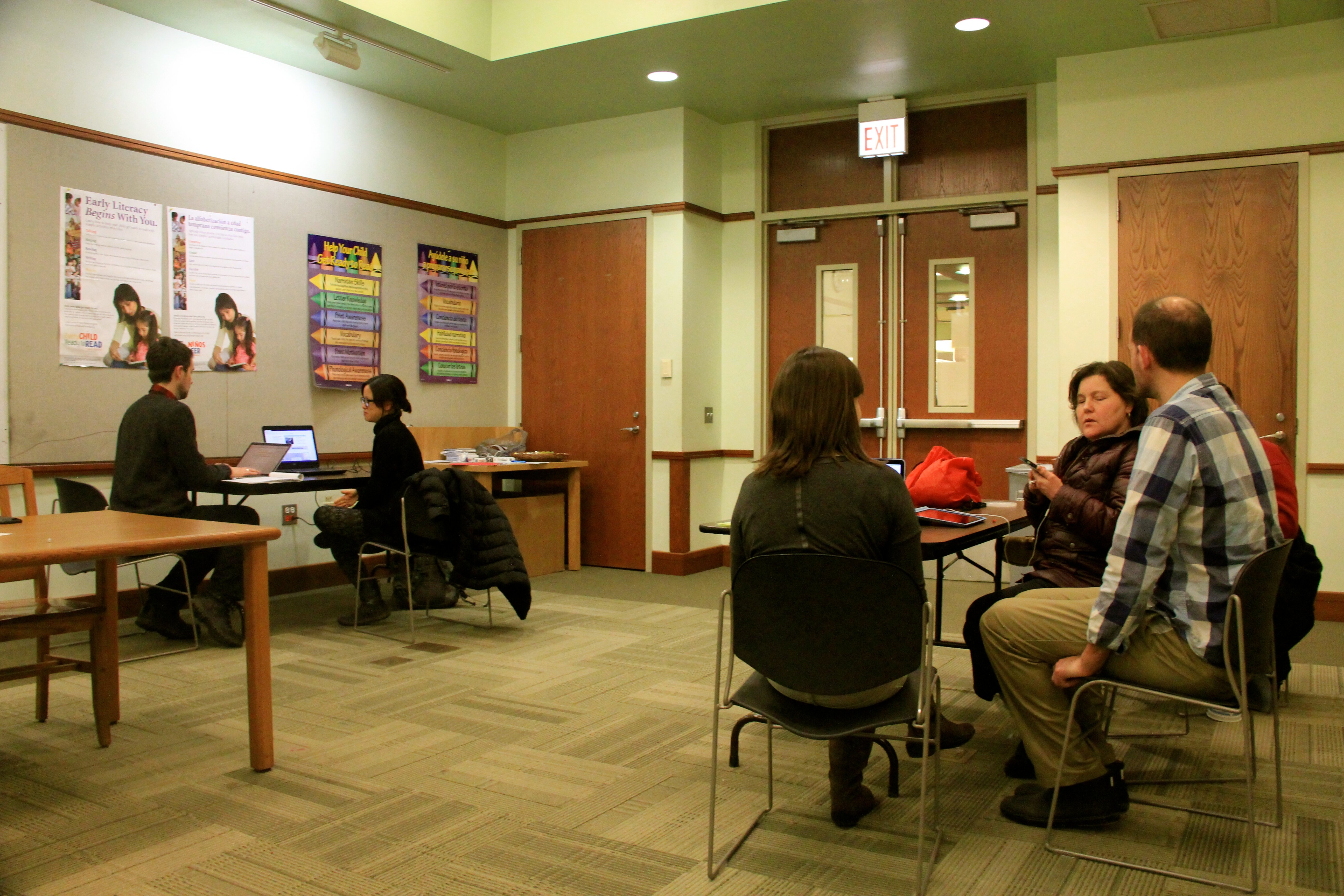 On April 9, 2014, the U.S. Centers for Medicare and Medicaid Services released data on the amount and type of billing that individual doctors and institutions submitted to the Medicare program in 2012. Medicare pays for health care services to most persons aged 65 years or more and to persons who have a disability.
On April 9, 2014, the U.S. Centers for Medicare and Medicaid Services released data on the amount and type of billing that individual doctors and institutions submitted to the Medicare program in 2012. Medicare pays for health care services to most persons aged 65 years or more and to persons who have a disability.
We have extracted the 8,104 records for “physicians and other suppliers” found in the database and with an address in Chicago. (A separate database contains inpatient and outpatient charges of institutions such as hospitals.) This file may be viewed and downloaded by clicking here. Some highlights of the data are as follows.
Of the 8,104 unique records for doctors and other suppliers:
- The great majority are Medical Doctors or individuals with some form of “M.D.” in their title. These account for at least 5,563 of the 8,104 physicians and suppliers.
- More than a third, 2,949 of the physicians and suppliers are found in just two zip codes, 60611 and 60612.
- The 8,104 physicians and suppliers collectively submitted charges $2,075,858,167. Of that, Medicare allowed charges of $760,953,738 and actually paid $588,768,002. Thus Medicare paid about 28 cents on the dollar billed.
- The highest paid participant in the Medicare program was the City of Chicago, for ambulance services of $15.0 million. In fact, the top five participants were either ambulance service suppliers or clinical laboratories, as seen in the table below. ( Of note, none of the physical therapy practitioners in Chicago came close to billing amounts reaching the $4 million billed by a physical therapist in Brooklyn, as reported by The New York Times. The most billed by a physical therapist in Chicago was $647,000.)
These data are valuable because they provide some of the first publicly accessible information on how different physicians and institutions bill the government. The information is of further interest because Medicare is a major government “safety net” program that is the subject of hot debates as to whether it should continue to be made available to all persons.
Finally, the data shine light on Medicare billing, but the user should not assume that high-billing equals over-billing. Oncology services, to use one example, are often expensive to administer and require advanced training. Ambulance services are extremely high volume and can quickly accumulate. This new data is tool to begin to understand where costs appear justified and where they may provide to be an outlier.
Look for this data on the Chicago Health Atlas soon.







